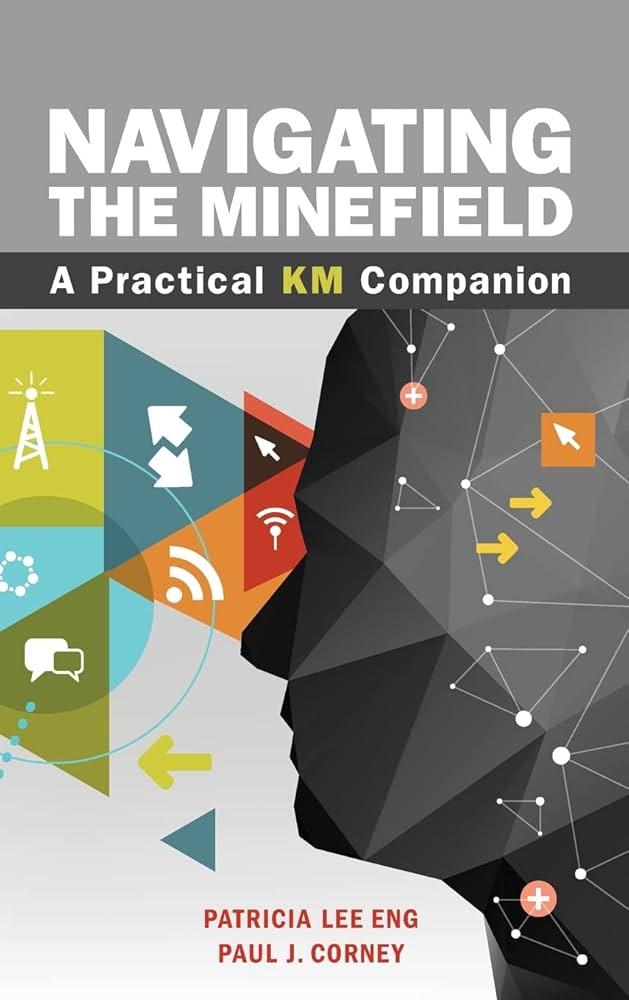In a world increasingly powered by advanced technologies, artificial intelligence (AI) has emerged as a transformative force reshaping industries and societies. Yet, amidst the rapid proliferation of AI applications, navigating through the minefield of misinformation surrounding this complex technology has become a daunting challenge. In this article, we’ll delve into the murky waters of AI misinformation, unpacking the myths and misconceptions that cloud our understanding of this powerful tool. Join us on a journey to demystify the hype and uncover the truths behind artificial intelligence in today’s digital age.
Understanding the Landscape of Artificial Intelligence Misinformation
Navigating the landscape of artificial intelligence misinformation can feel like walking through a minefield, with potential pitfalls and dangers lurking at every turn. In this rapidly evolving field, it can be challenging to separate fact from fiction, truth from sensationalism. Here are some key points to consider when trying to decipher the complex web of AI misinformation:
- Verify the Source: Before believing any information related to AI, make sure to verify the credibility of the source. Look for reputable institutions, experts, and studies to back up the claims.
- Check for Bias: Be aware of any underlying biases in the information presented. AI misinformation can often be fueled by agendas, whether political, commercial, or personal.
- Consult Multiple Sources: Don’t rely on a single source for information. Consult multiple sources to get a well-rounded view of the topic and cross-verify facts.
In a world where AI technology is becoming increasingly pervasive, understanding the nuances of misinformation is crucial. By staying vigilant, critically analyzing information, and questioning the narratives presented, we can navigate the minefield of AI misinformation with greater confidence and clarity. Let’s strive to be informed and discerning consumers of AI-related content, ensuring that we contribute to a more accurate and transparent discourse surrounding this transformative technology.
Identifying Common Myths and Misconceptions
Artificial intelligence (AI) is surrounded by a minefield of myths and misconceptions that can easily lead to confusion and fear among the general public. One common misconception is that AI will eventually surpass human intelligence and take over the world. In reality, AI is simply a tool created by humans to assist with tasks and make processes more efficient. It lacks consciousness and cannot think or act on its own.
Another common myth is that AI will replace human jobs, leading to widespread unemployment. While AI can automate certain tasks, it also creates new job opportunities and allows humans to focus on more creative and strategic work. It’s important to separate fact from fiction when navigating the world of AI to make informed decisions and avoid unnecessary panic.
Strategies for Discerning Fact from Fiction in AI Reporting
When it comes to navigating the world of artificial intelligence reporting, it can feel like walking through a minefield of misinformation. With the rapid advancements in AI technology, it’s crucial to develop strategies for discerning fact from fiction. Here are some tips to help you separate the signal from the noise:
- Check the Source: Before believing any AI-related news or reports, make sure to verify the credibility of the source. Look for reputable sources such as peer-reviewed journals, academic institutions, or industry-leading experts.
- Look for Evidence: Don’t just take claims at face value. Look for concrete evidence, data, and research studies that support the statements being made. Critical thinking is key when navigating the complex landscape of AI reporting.
Building Resilience Against Misinformation in the AI Space
In the rapidly evolving field of artificial intelligence, staying informed and up-to-date is crucial to separate fact from fiction. With the proliferation of misinformation in the AI space, building resilience is essential for individuals and organizations alike. By developing a strong framework to navigate the minefield of AI misinformation, we can better equip ourselves to make informed decisions and foster a more accurate understanding of this transformative technology.
One key strategy in building resilience against misinformation is to critically evaluate the sources of information we encounter. By fact-checking and verifying the credibility of sources, we can avoid spreading false or misleading information. Additionally, staying informed about the latest developments in AI research and technology can help us stay ahead of the curve. By cultivating a skeptical mindset and honing our critical thinking skills, we can effectively combat misinformation in the AI space.
In Summary
As we continue to navigate through the complex landscape of artificial intelligence, it is essential to arm ourselves with accurate information and critical thinking skills. By being mindful of the potential minefield of misinformation that surrounds AI, we can make informed decisions and contribute to the responsible development and use of this powerful technology. Let us approach the realm of artificial intelligence with curiosity, caution, and a commitment to seeking the truth. Only then can we truly harness the potential of AI for the betterment of society. Thank you for joining us on this exploration of navigating the minefield of artificial intelligence misinformation. Stay informed, stay vigilant, and together, let us shape a brighter future powered by knowledge and integrity.
